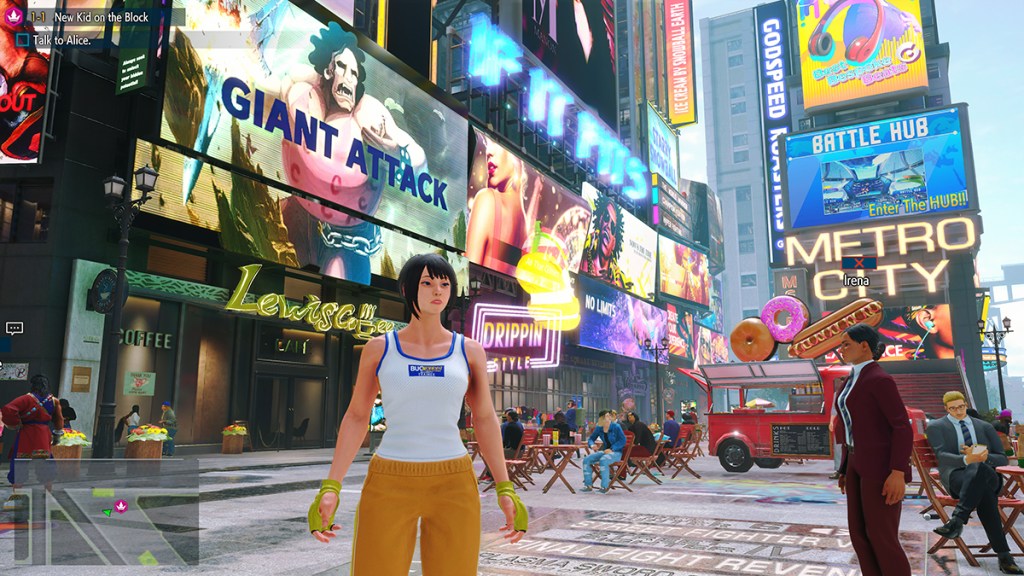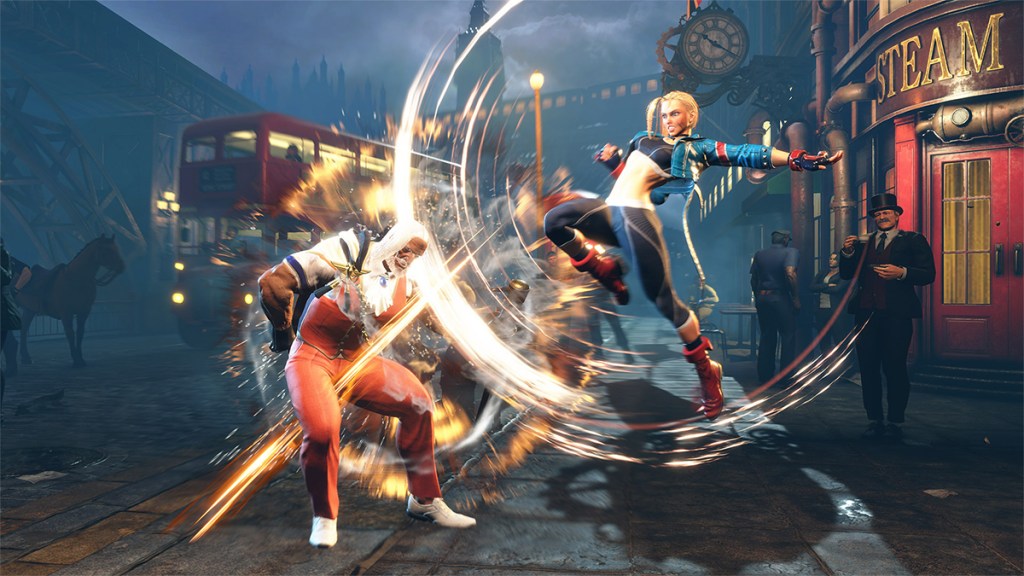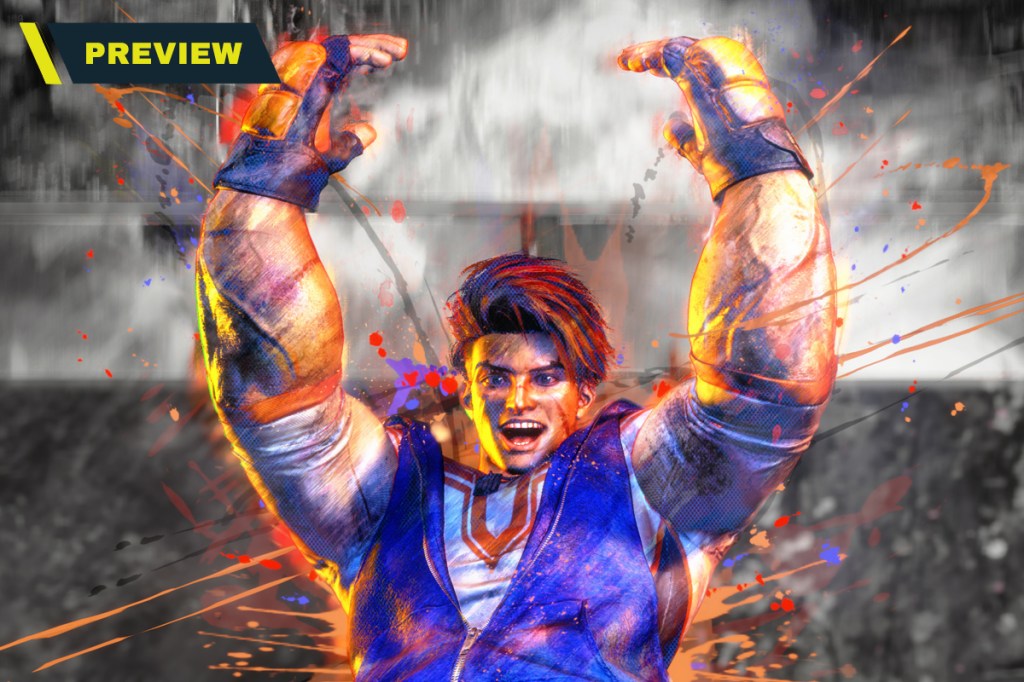Street Fighter 6 is already in a better position than Street Fighter V with its larger launch roster and suite of modes. They don’t automatically mean that Street Fighter 6 will be better, but they do at least show that it won’t be as sparse as its predecessor. Because of this, Street Fighter 6 is already looking like a fantastic sequel for a multitude of reasons, even if those modes aren’t created equally.
Street Fighter 6’s World Tour, its single-player offering, is one of those modes throwing off the balance. Instead of being a linear roller coaster ride of fights that tell a cinematic narrative akin to what NetherRealm Studios has perfected over the last decade, World Tour is an RPG where players can explore a few hubs and beat up thugs. This type of swerve is notable, as Street Fighter V’s post-launch, NetherRealm-esque campaign was abysmal and failed to inherit what makes NetherRealm’s campaigns so entertaining.

World Tour is a playable mea culpa, but Capcom’s willingness to adapt hasn’t led to a killer mode. There’s an appeal to splicing RPG mechanics into a fighting game and having a progression-based system that lets users customize their avatar to take on bulkier foes. Raising a fighter from scratch using skill points and slottable special moves is unique, as the genre has typically been built around a level of balance that’s consistent across all modes. Fighting refrigerators and killer Roombas is also silly, as is walking up to a random person on the street and suddenly uppercutting them in order to kick off a duel.
But those goofier attributes don’t make World Tour more than a temporary distraction. Since players start from zero, characters aren’t created with Street Fighter 6’s full toolset in mind, meaning it’s incredibly limiting and, more tragically, doesn’t make for a worthy tutorial. Fights also suffer from this smaller move set, too, and grow repetitive more quickly because players only have access to the same few attacks and fight against similarly stunted opponents. This might change down the line when more dojos are unlocked, but the first act was repetitive enough to not bode well for the rest of the campaign. Leveling up and beating up random goons through bare-bones missions that have very little voice acting is a dry loop that just misses why Street Fighter 6 works.
World Tour is also an ugly mode that looks akin to a budget game on the Xbox 360 or PlayStation 3. Shops are filled with jarringly blurry textures that make every store look like they are exclusively selling compressed JPGs. Bad draw distance means that some NPCs can pop into existence right in front of the player, while others run at a noticeably lower frame rate. And to make matters worse, all of it is covered in flat, bland lighting that does its poor visuals no favors. Most of Capcom’s recent games have looked sublime, so it’s shocking that the company is releasing a new title that looks this dated.
Street Fighter 6 does look incredible during traditional fights since they’re focused and have more artistic flair. The graffiti that flies off characters as they use their Drive Impacts is a choice move, especially as the splashes reflect their color palette and explode when performed as a counter.
These nods to the “Street” half of its namesake give it a sense of style and reflect Street Fighter 6’s improved presentation. Tutorials are more intuitive since they walk players through each mechanic for every character while pointing out where certain attacks excel and how to use them efficiently. Combo trials even give players of almost all skill levels ways to practice juggles (although they weirdly don’t leave the button commands on the screen, making them a step harder).
The pause menu goes one step further and plays looping videos of each move, explains their button notations, and gives a short deception of what each of them does. While frame data is still frustratingly omitted from the command list, all of these changes modernize Street Fighter and lower the barriers that have typically been around the franchise. The new control schemes that simplify inputs and accessibility settings are just a small part of what Capcom has done to streamline the game and open it up for new players.
Street Fighter 6 Preview

Capcom carved up the roster so that JP, Cammy, Ken, and Lily were the only playable combatants and locked each to a specific mode. Regardless of these rules, they were all wildly different, as JP was a setup monster, Cammy was all about rushdown, Lily was built around controlling space with her long-reaching war clubs, and Ken was, well, Ken. Their differences were stark, but they’re all brought together through the more appealing presentation. World Tour may strangely lack a lot of the polish the game has elsewhere, but with more inviting tutorials and its signature strong fundamentals, Street Fighter 6 looks like it will come out the gate swinging.










